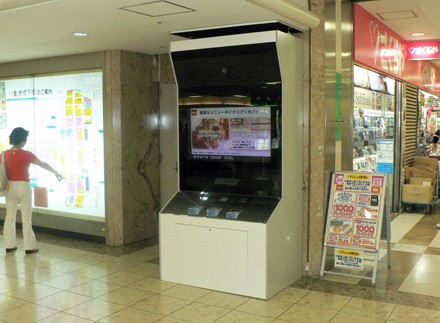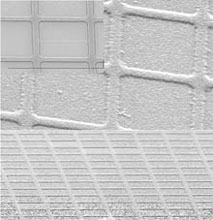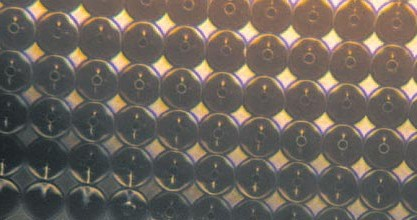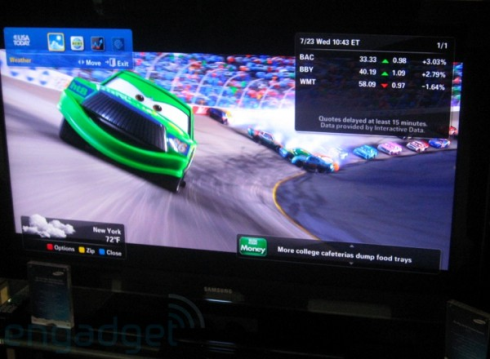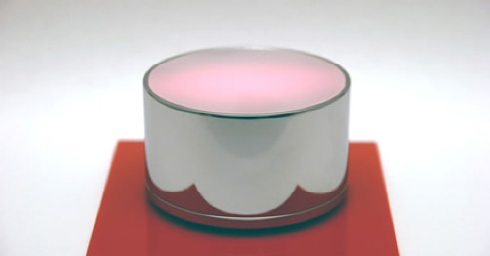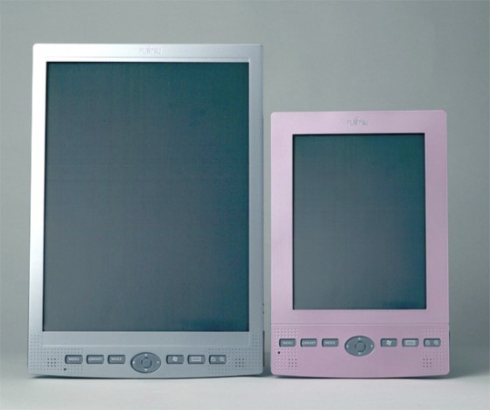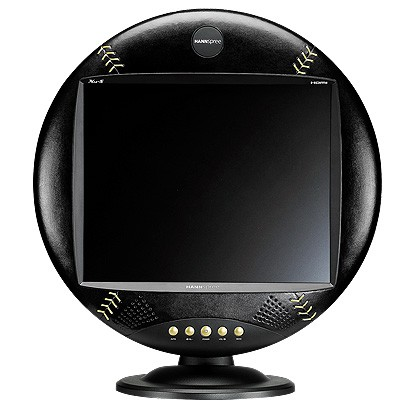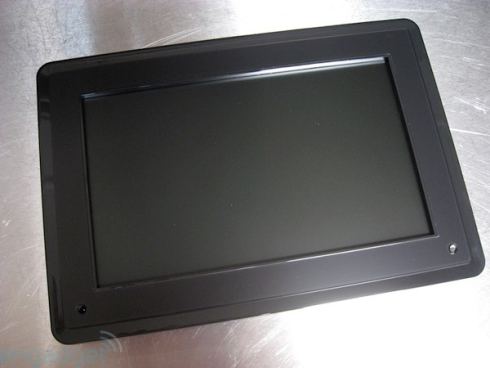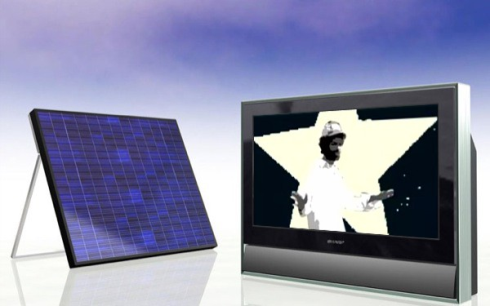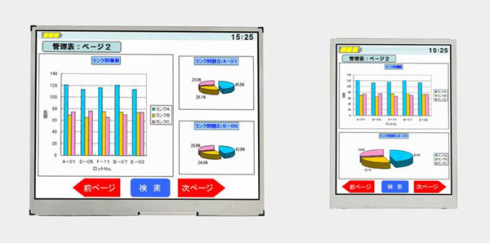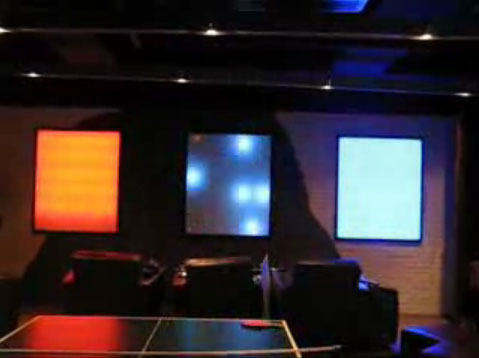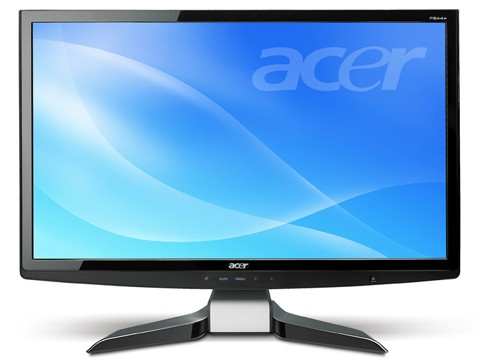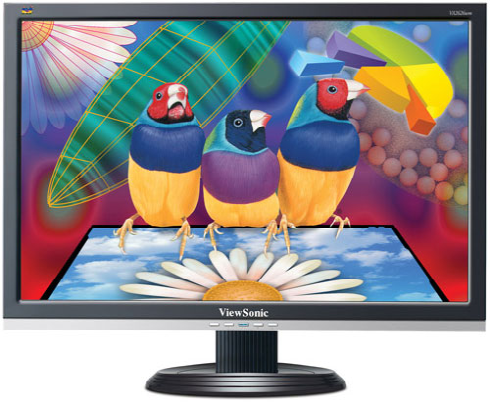
Hey, at least it's not being secretive about it.
AOC has just introduced its new $429.99 2218Ph LCD monitor, which -- among other things -- claims to bring PC users "the element of style Mac users have enjoyed for the last few years." Judging by the image above, we're not too sure what exactly it's getting at, but we are told that it relies on "state-of-the-art metallic workmanship," a polished aluminum cabinet, a zinc multi-flex stand and a piano black finish to wow onlookers. Other specs include a 1,680 x 1,050 native resolution, HDCP-compliant HDMI input, two-millisecond response time, 12,000:1 dynamic contrast ratio and that all-important Windows Vista Certified sticker. Whatcha got on that, Cupertino? Full release after the jump.
Incredibly sleek design and powerful performance, AOC's 2218Ph goes head-to-head with the latest and greatest of today's computer monitors and comes out ahead of the packFremont, CA. July 10, 2008 – AOC announced today the release of their High-Def by Design 2218Ph computer monitor. Setting a new benchmark for combining design and the latest in HD performance, the 2218Ph monitor finally brings PC users the element of style Mac® users have enjoyed for the last few years, but with the twist of improved performance and HDMI capabilities.
State-of-the-art metallic workmanship, piano-black bezel, polished aluminum cabinet and zinc multi-flex stand make up some of the design specifications of the 2218Ph, all surrounding a glossy panel displaying vivid, bright and clear images.
"The 2218Ph brings PC power-users the design and performance they have always wanted from a monitor," said Jerry Chou, Senior Manager of Business Development, IT, for AOC. "Every aspect of the 2218Ph takes consumers performance and style demands into account, from its zinc and aluminum build, to the swivel design that provides flexibility in positioning the monitor on a desk or mounted on a wall. This monitor looks beautiful anywhere in the home or office...even if it's not even turned on," added Chou.
Running head-to-head with Apple® monitors of similar size, AOC's 2218Ph out-performs it's Mac® counterparts in virtually every category thanks to AOC's 40 years of experience in display technology. For gamers who prefer to move away from the PC, the 2218Ph also includes HDMI input, and an ultra-fast 2ms response time allowing consumers to utilize it as an HDTV.
Product specification highlights:
• State-of-the-art metallic workmanship
• Flexi-stand – for placement flexibility
• Ultra-high dynamic contrast ratio (12,000 to 1)
• Illuminating touch-key
• HDMI inputs
• 2ms ultra fast response time
• FRC 8-bit panel (16.2 million colors)
• Glare screen – protects against glare and provides improved color saturation
• HDCP ready – digital content in HD without distortion
• Illuminating touch key
• Windows Vista Certified™
"Our 2218Ph is High-Def by Design in that we have taken into account every visual aspect of the monitor. Whether viewing a movie, photos, or looking at the monitor from behind, any angle is eye catching and designed for today's digital consumer," said Chou.
The 2218Ph features an MSRP of $429.99. Full product specifications and comparison charts are available upon request.
About AOC
AOC is a leader of HD display technology for Monitors and TVs backed by over 40 years of design and manufacturing experience. AOC has earned a reputation for selling user-friendly, technologically advanced displays on the market with every aspect of AOC's business focusing on the development of products that fit seamlessly into consumers' digital lifestyle.
AOC displays are manufactured by TPV, one of the largest display manufacturers in the world. TPV manufactures one out of every four displays globally, including OEM's for some of the largest and most innovative name brands. This extensive manufacturing knowledge and experience translates into AOC staying ahead of the curve with the ever-changing technologies in today's digital world.
To learn more visit www.aoc.com.
[ Via:
Engadget ]
[ Tag: 2218Ph,AOC,lcd,lcd monitor,LcdMonitor,monitor ]
